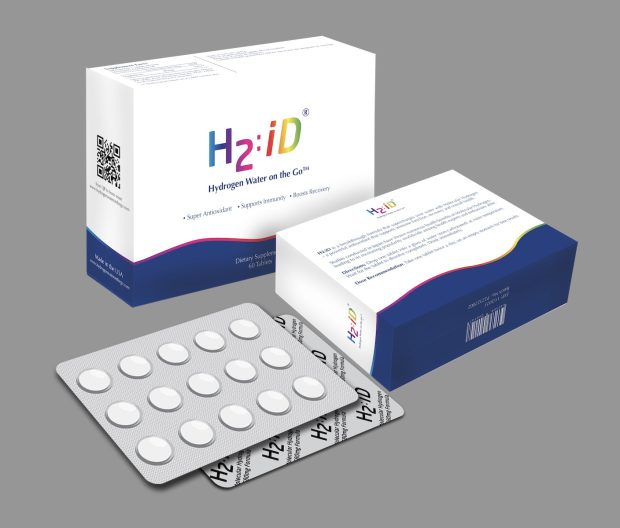While organizations with a lot of money have been compelled to use electronic invoicing, the need has now been extended to enterprises with a lot less money. The new electronic invoicing requirement must be understood by all small enterprises. For organizations, this is a good moment to examine their technology readiness.
Accounting has been transformed as a result of recent technological developments. As a consequence of modern technology, many difficult activities have been simplified and made more efficient. This is a very recent development in the realm of digital accounting.
Invoices are essential for keeping track of sales and money. It’s been a couple of years since they switched from analog to digital. Electronic invoicing, on the other hand, has completely changed the landscape.
Definition of e-invoicing
Sellers and purchasers may create and transmit structured invoice documents using EDI, XML, or an online form.
Electronic invoices are referred to as e-invoices. They are supplier papers that include structured data that can be read by the buyer’s financial system without the assistance of the buyer’s accounting staff.
While the majority of firms who conduct business with other businesses submit their invoices electronically, the GST system requires it. Many firms that sell to other businesses are now required to provide invoices electronically. Additionally, the GSTN must check them electronically.
An e-invoice is a bill that is totally digital in its creation, receipt, processing, and storage. Each stage of the procedure is accompanied by an e-invoice.
By automating business activities and procedures, firms may improve their efficiency, reduce mistakes, and comply with e-invoicing standards.
E-invoices are specific types of digital invoices; however, not all e-invoices are specific types of digital invoices. There are two distinct types of invoices:
E-invoices are not electronic counterparts to paper invoices, but rather electronic counterparts to paper invoices. Due to the disorganization of PDF invoices, they cannot be processed automatically.
It makes no difference if the paper invoice has been updated digitally.
What businesses need to be aware of with e-invoicing
To begin, the majority of small enterprises face technological challenges. To comply with the new e-Invoicing regulations, they may need to implement a new digital accounting system.
Furthermore, not everyone wants to work for a firm whose operations are mainly automated. Paper invoices may be preferred over computerized invoicing. To alleviate this problem, firms may inform customers about forthcoming changes and their related advantages well in advance.
Historically, small firms were opposed to adopting technology to generate invoices. Nonetheless, they have learnt to accept it. This is no longer the case; firms must now reevaluate their digital accounting procedures and make the necessary investments to remain competitive in today’s market.
While electronic invoicing may cause some concern among business owners at first, the advantages greatly outweigh the negatives in the long run. By ensuring that invoice data is consistent and easy to access, the regulation helps the government, suppliers, and customers.
Despite the fact that the phrase “e-invoice” has been around for a long time, there is still some misunderstanding regarding what it entails. We’ll go through why true e-invoicing is superior to traditional invoice kinds.
Comparing the invoice types
Invoicing is often completed online and then printed and addressed to the receiver. It is not possible to recover either the money or the invoice.
Eliminating paper invoices is as simple as emailing them as PDF, Word, or picture files. Manual data input or OCR reading is time-consuming. These are not electronic invoices. Email invoices are routinely printed for the purpose of matching and archiving them for future reference.
Without the requirement for a paper trail, an e-invoice may be prepared, emailed, and received entirely online. Due to the fact that e-invoicing is accomplished through the use of a computer system, it may be finished quickly.
Perks of e-invoicing
Electronic invoicing isn’t a brand-new idea. For the past three decades, electronic invoicing has been built on the EDI and XML standards. As a result of government involvement, e-invoicing has gained in popularity.
The use of electronic invoicing is promoted throughout the European Union by a set of norms issued by European lawmakers, the world’s most active e-invoicing region. The EU’s eInvoicing Directive and supporting standards, on the other hand, are set to go into force in all EU member states by the end of 2020.
Eliminating paper and paper-based processing might save you money and time in the long term. Electronic invoicing can benefit not just your trading partners, but also any other corporate systems to which you can link. Accounts payable departments may save time and money by encouraging touchless invoice processing.
If you want to start your digital transformation journey and ensure that your company’s operations are effective and scalable for future development, a digital transformation plan is a great place to start.
PEPPOL e-invoicing
PEPPOL is a European network that permits the exchange of electronic documents between users. It currently sends the bulk of invoices electronically. These invoices are exchanged between PEPPOL network access points, also known as gateways. These are referred to as Exact Online, and they are a type of object.
Individuals that register for PEPPOL through Exact Online are automatically included to the network’s primary contact book, the Service Metadata Publisher (SMP). Your business partners will be aware that you may send them electronic invoices using the Peppol service. Each firm in this address book is assigned a unique telephone number. This may be your VAT or Chamber of Commerce number, or it may be something completely else.
Invoicing online eliminates the requirement for invoices to be printed and saved. As a consequence, mistakes are reduced and efficiency is increased. With electronic invoicing, only electronic documents are exchanged, and they are kept safe and secure.
You and your accountant will be able to pay your bills more promptly by utilizing UBL files, which PEPPOL utilizes. UBL files are machine-processable, which implies they may be read by others. The UBL file includes the PDF. On the other hand, the encrypted data included in the UBL file is meant for use by software.
Peppol simplifies electronic invoicing for both buyers and sellers.
Peppol eInvoicing systems enable organizations to streamline and accelerate their Accounts Payable procedures by meeting suppliers where they are. Due to our all-inclusive strategy, you do not need to manually enter invoice data. Tickstar peppol service provider is utilized to electronically gather all data. Reach out to Tickstar to find out more information about Peppol e-invoicing.








